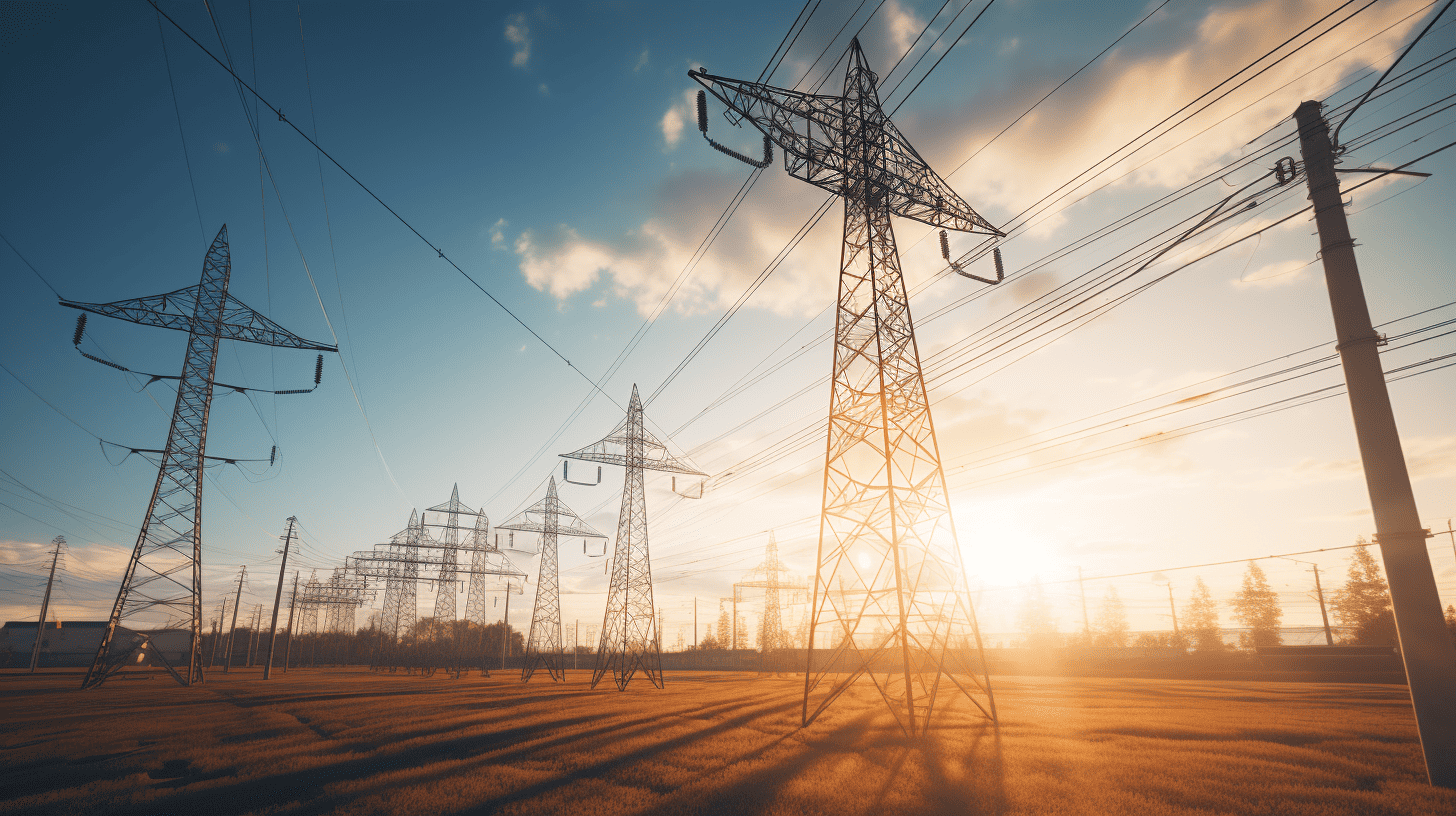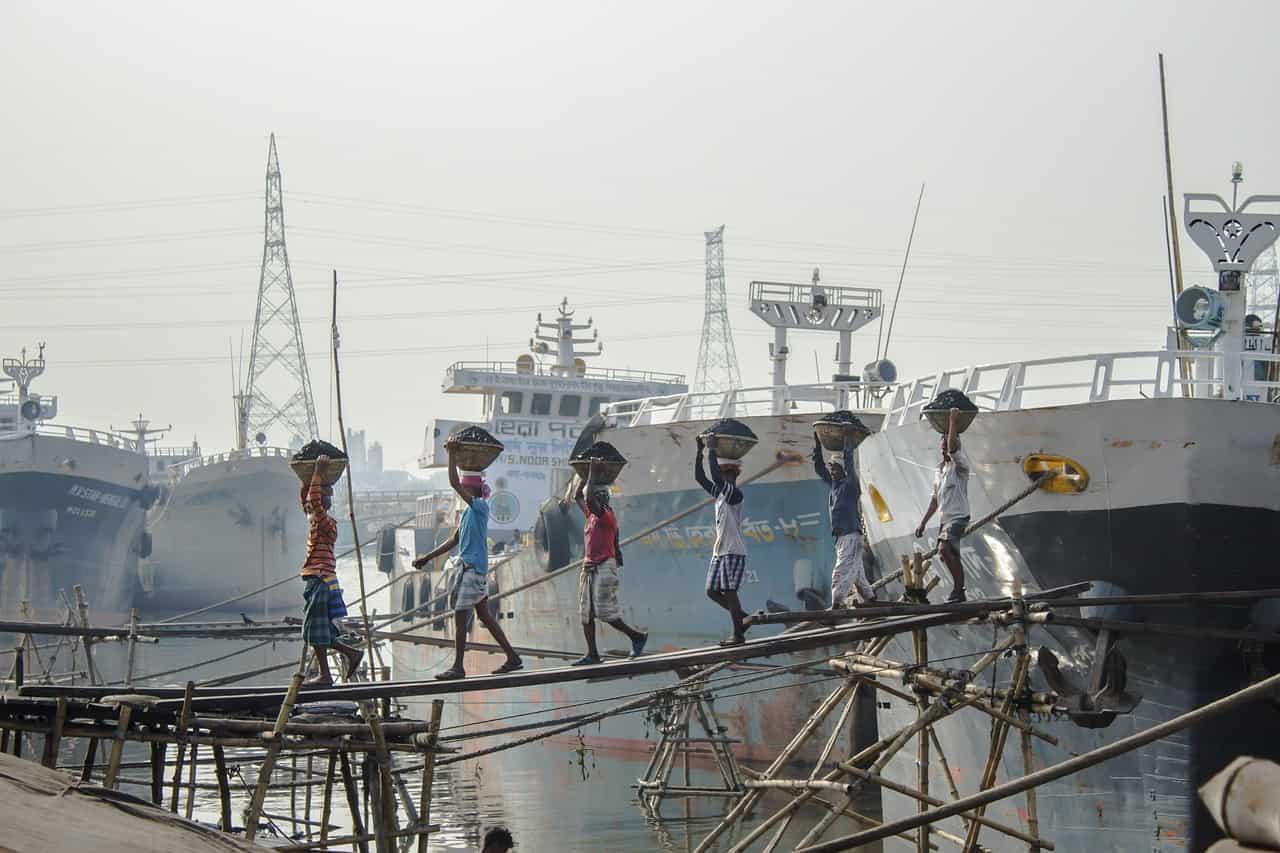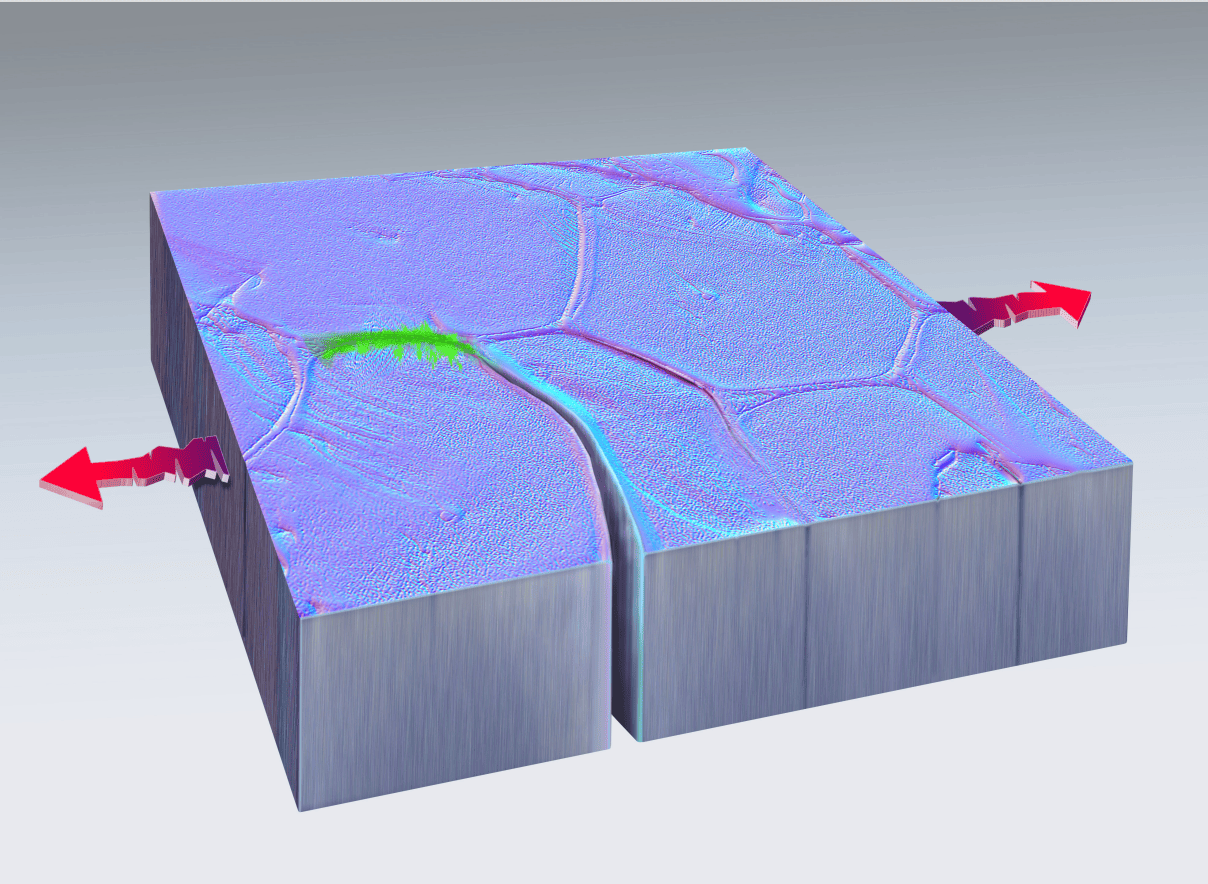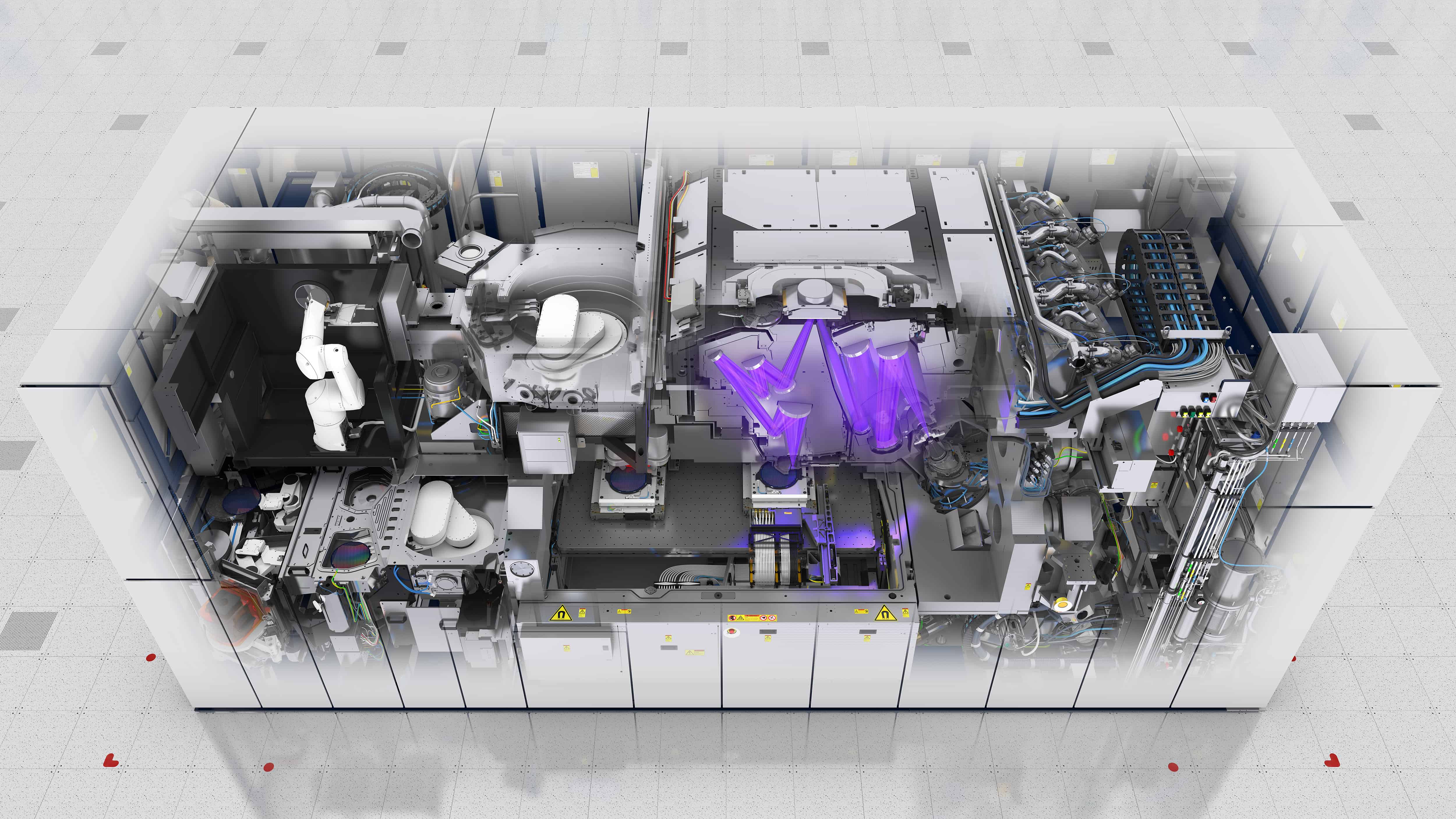
More than 20 countries worldwide claim pieces of the international sea for deep-sea mining, driven by the need for rare metals for technological developments and energy transition. China leads with five lots, while environmental organizations warn about the rapid developments. Scientists stress the significant and long-term damage to the deep-sea ecosystem, with recovery taking decades. The balance of the seafloor, home to unique species such as the octopus Casper, is at stake.
Why this is important:
The race to acquire the mineral resources of the deep sea is in full swing. At stake are economic interests and impacts on vulnerable marine ecosystems. The International Seabed Authority (ISA), responsible for regulating seabed mining activities outside national jurisdictions, faces a complex task.
The growing demand for rare metals due to energy transition and resource dependence in geopolitically unstable regions has spurred countries such as China and European states to consider deep-sea mining. Many countries have applied to ISA to explore so-called metal nodules rich in nickel, cobalt, manganese, and copper.
Ecosystem recovery: a slow process
The impact of deep-sea mining extends beyond the visible eye. Scientific studies, including those conducted by the Max Planck Institute for Marine Microbiology, have shown that disruptions to the seabed have long-term consequences. Natural ecosystem functions and microbial communities recover with difficulty. Sometimes, it can take decades for the deep-sea floor to fully resume its normal function.
Research in the tropical eastern Pacific, conducted by German scientists and others, shows that damage to bacterial life on the seafloor is still evident even after 26 years. These findings show that the deep sea is a susceptible system where human intervention can have long-term, potentially irreversible effects.
International regulation and enforcement
The question arises about how these activities at the bottom of the sea will be regulated and controlled. The ISA plays a key role here, but with 24 countries supporting a moratorium, including those with plots, there needs to be a consensus on the best way to approach this new form of mining.
Belgium, for example, advocates that at least 30% of the world’s oceans must be protected before deep-sea mining can even be considered. Before starting mining, the country stresses the importance of protection, scientific knowledge, and environmental regulation. The Netherlands takes a somewhat more half-hearted position.
What can we learn from the sea? What role can the ocean play in generating renewable energy? And how can innovations help us take better care of the sea? Find out in our newest edition: IO Next: The Ocean.

In a letter to the Dutch House of Representatives last summer, then-Foreign Minister Wopke Hoekstra wrote that mineral extraction “on international seabeds should demonstrably not cause significant damage to the marine environment, ecosystem, and biodiversity.” The Netherlands wants to agree to any exploitation activities “only if an international regulation is adopted in which those [ed: environmental] conditions are embedded and if a future application for exploitation meets those conditions.”
During a meeting in Jamaica, the United Nations again pushed back a decision on deep-sea mining last summer. The UN didn’t permit the extraction of metals from the ocean floor for electric car batteries. The conditions for deep-sea mining have been under discussion at the UN since 1994, but they have yet to be successful. Most raw materials are in international waters – so they belong to everyone and no one at the same time. With the decision delayed, time is running out. According to maritime law, countries and companies applying for a permit to extract resources must receive a response within two years.
Economic interests versus environment
On the one hand, there are the economic benefits. Companies such as GSR, part of the Belgian dredging company DEME, invest millions in deep-sea mining research. Studies show that mining and processing minerals from the deep sea can produce up to 40% less carbon emissions than mining on land.
Environmental concerns are on the other side. Marine biologists, such as Ann Vanreusel, stress that seabed mining need not conflict with ocean protection. But the scientific consensus is clear: deep-sea mining can cause serious disturbances, from destroying habitats to creating dust clouds and noise pollution for marine life such as cetaceans.
Alternatives and future prospects
Although deep-sea mining is a possible solution to meet the demand for rare metals, alternatives exist. For example, technical innovations can reduce dependence on these metals. Metals can also be recovered from mining and consumer waste, which can reduce the need for new mining operations.
The debate surrounding deep-sea mining is multifaceted and complex. While economic interests and the need for raw materials for the energy transition are potent drivers, protecting vulnerable marine ecosystems requires a cautious and well-regulated approach. Scientific knowledge and international cooperation will be crucial to finding a sustainable balance between economic progress and environmental responsibility.







